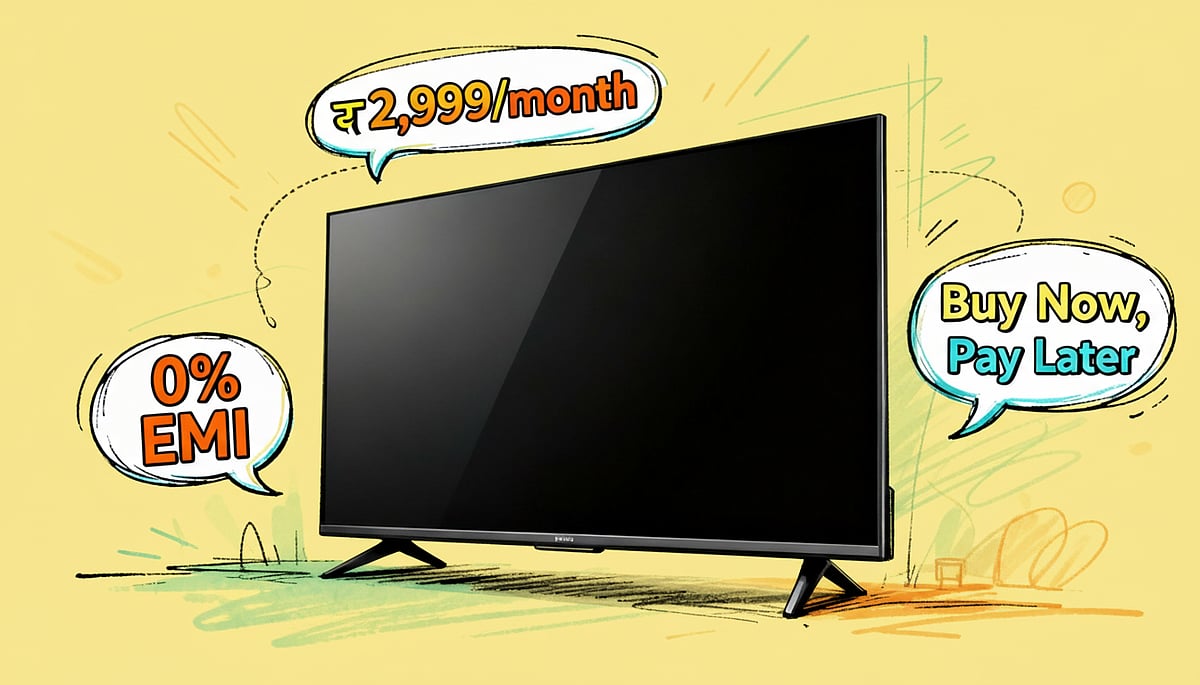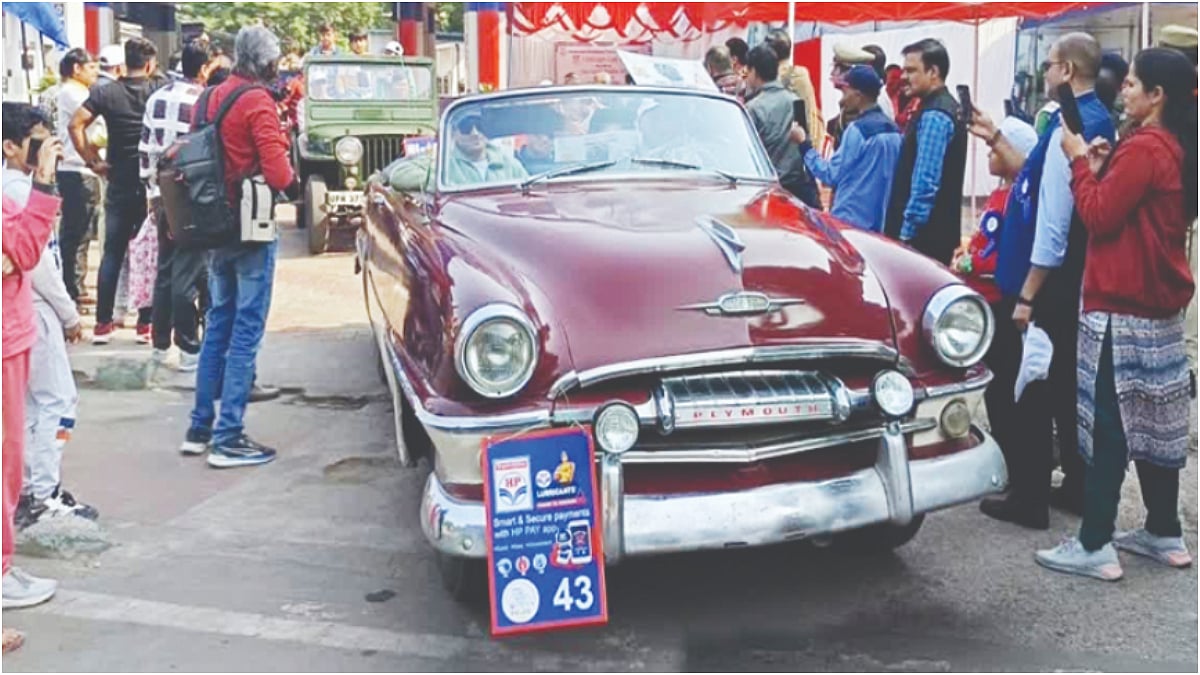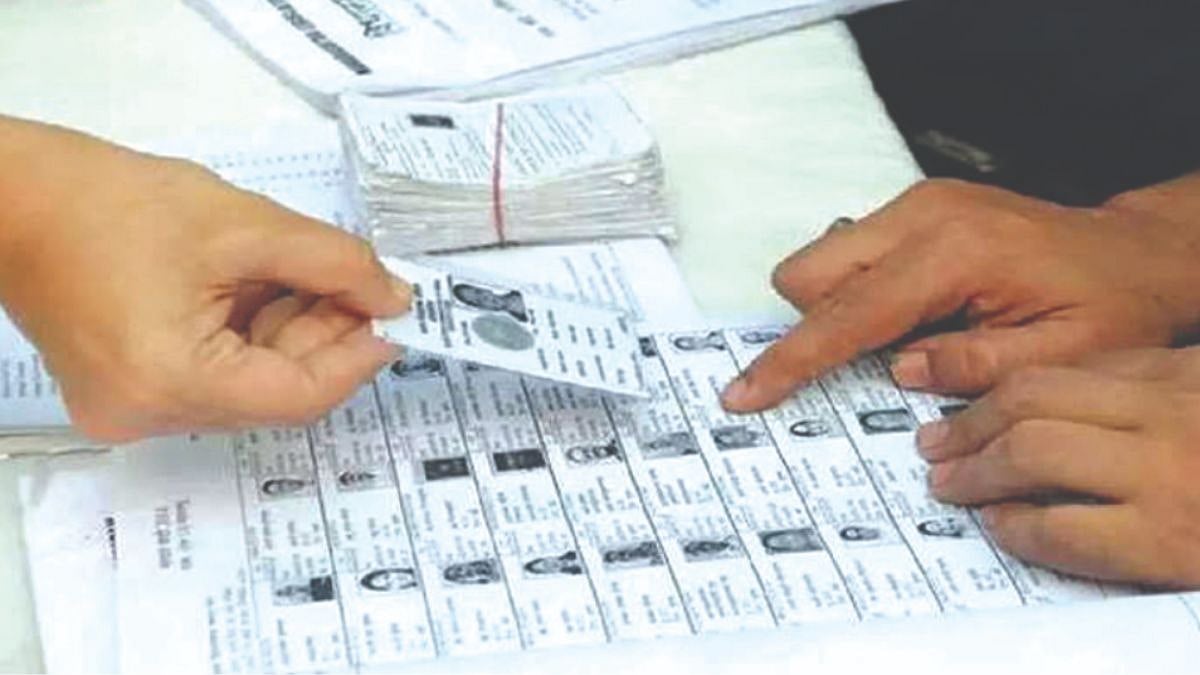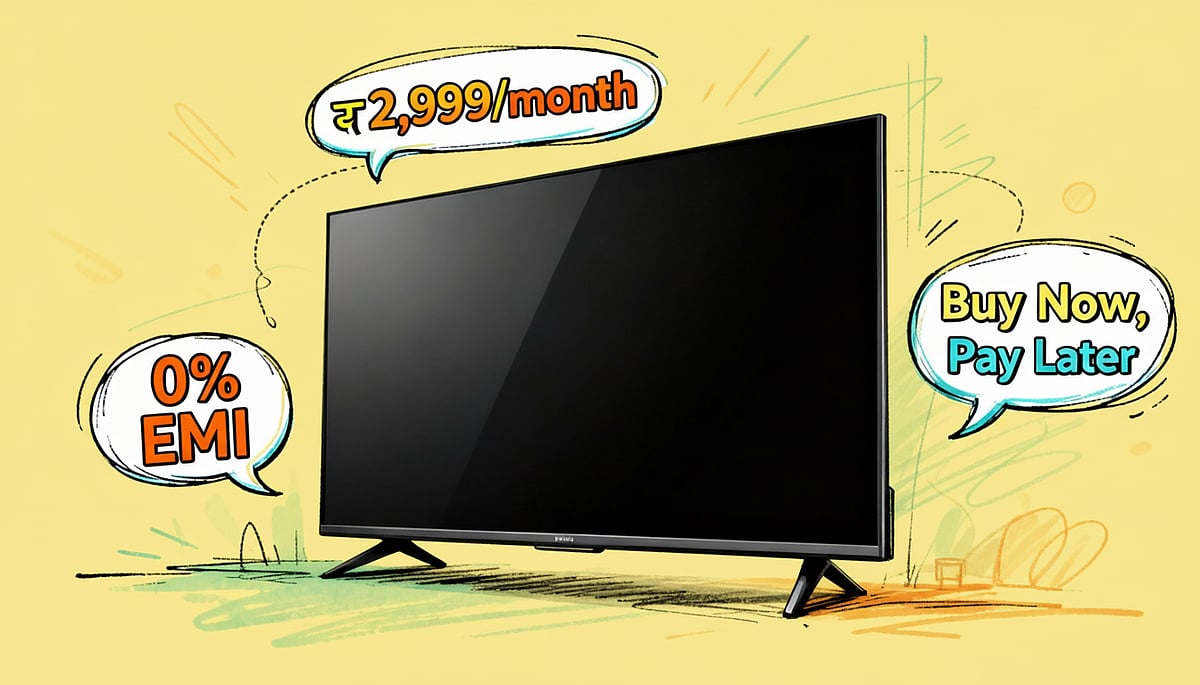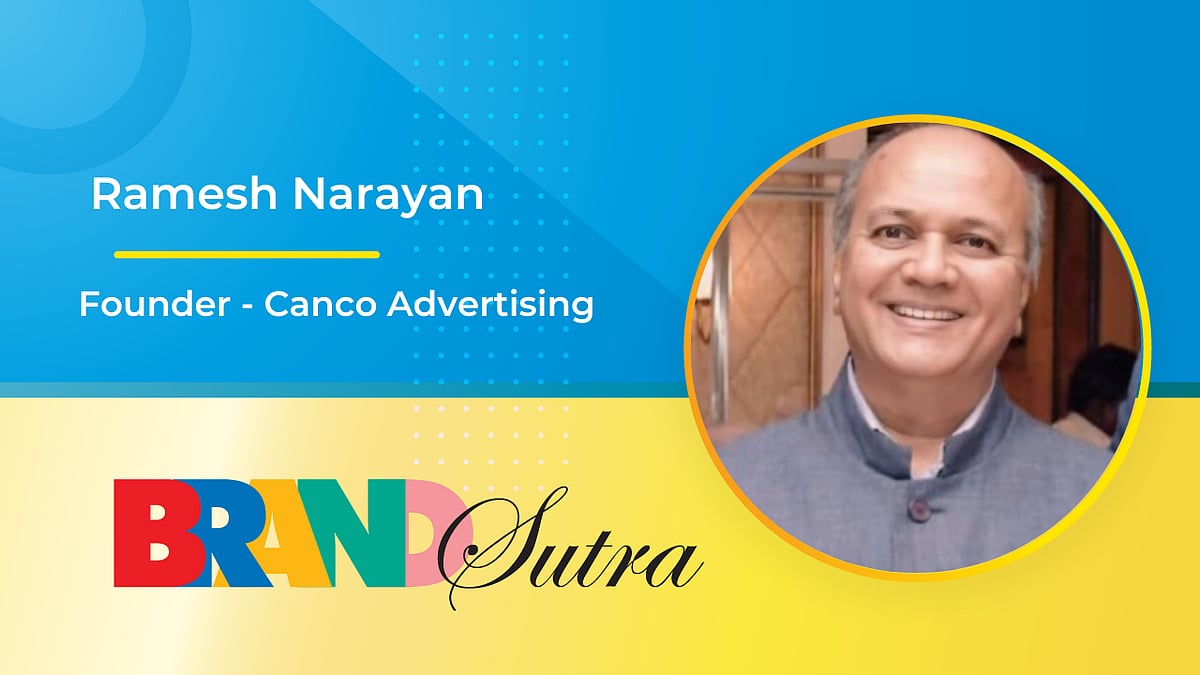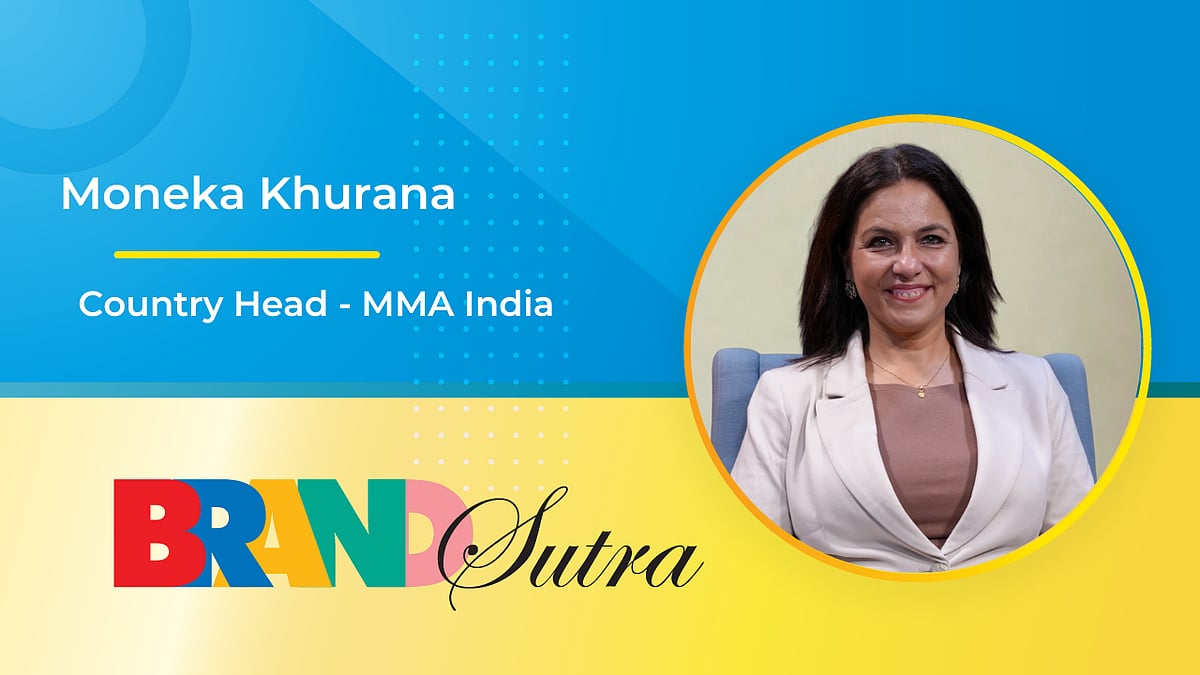By Gaurav Bhagat
This festive season felt different. The lights shone brighter, the music played louder, and wallets opened wider — not just for essentials, but for purchases that, until a few years ago, sat firmly in the “luxury” bucket. India touched a record-breaking INR 6.05 lakh crore in Diwali sales this year, but the real story runs deeper than one day of big spending. India is moving from economical to aspirational, from “value” to “premium-first.”
It’s not merely that people spent more — it’s how and why they spent that has changed.
Two datapoints capture this shift clearly.
One: Diwali and festive-season sales across goods and services surged, hitting unprecedented highs.
Two: India’s luxury market is accelerating rapidly. Analysts estimate it will reach USD 12.1 billion (over INR 1.06 lakh crore) by 2025 — evidence that high-end consumption is no longer limited to a sliver of the urban elite.
This year, Indians didn’t wait for the last day to shop — purchases started early and happened online at levels never seen before. Fashion, beauty, home décor, and premium appliances saw heavy demand long before peak Diwali week.
Social media played a starring role.
Reels — now India’s dominant short-video format — did more than showcase products; they made them aspirational, entertaining, and irresistibly “shareable.” Influencers seamlessly wove festivals, gifting ideas, store visits, and unboxing rituals into their content.
The result? Aesthetic packaging, experiential skincare, statement furniture, and “Instagram-friendly” purchases became markers of smart, modern consumption. Digital storytelling has effectively democratised desire, extending premium aspirations beyond metros to smaller cities and towns.
For years, it was assumed that luxury belonged to Mumbai, Delhi, and Bengaluru. This Diwali has firmly disproven that idea. Tier-2 and Tier-3 cities drove a major chunk of online orders, and categories like silver coins and puja items saw 35–40% growth in non-metro markets. With faster delivery, UPI adoption, vernacular content, and exposure to the same influencers as metro audiences, premium preferences have gone truly pan-India. Aspirational buying is no longer a metro phenomenon — it’s a national one.
Buy-now-pay-later (BNPL) options and no-cost EMIs quietly rewrote festive spending behaviour. They transformed big-ticket purchases — from luxury creams to ergonomic chairs to smart TVs — into manageable monthly bites.
This didn’t just make purchases affordable; it made them emotionally acceptable. Consumers could justify spending more because the financial impact felt smaller and more spread out. While regulators are rightfully vigilant, there’s no doubt that fintech credit solutions helped drive this year’s premium surge.
A significant but under-discussed structural factor behind the premium shift is GST 2.0.
Several home appliances, electronics, and even small cars have seen reduced tax burdens. For example, the GST cut on many compact cars — from 28% to 18% — brought down prices by up to INR 1.3 lakh for some models.
This tax rationalisation did more than reduce prices; it collapsed psychological barriers. It nudged consumers from “we need it” to “we want it — and now we can have it.” Aspirations no longer felt out of reach.
Indian consumers aren’t shifting to premium because they suddenly have much more money. They are shifting because content, credit, convenience, and tax reform have redefined what “value” means. A product is valuable if it delivers experience, ease, pride, and emotion — not just utility. Premium is fast becoming the new normal.
Brands that understand experience design, storytelling, post-purchase loyalty, and structural enablers like GST 2.0 will win in this new reality. The INR 6.05 lakh crore sales milestone is more than a headline — it’s a cultural signal.
As gold and silver continue to be bought for ritual and investment (with jewellery alone contributing nearly INR 60,000 crore before Diwali), and as cars and luxury goods post double-digit growth, the old “need-based” mindset is giving way to a “want-first” economy.
From “we need a TV” to “we want the OLED with ambient lighting and voice control,” India is rewriting its consumer identity — one premium purchase at a time.
(The author is the Managing Director of Consortium Gifts.)
